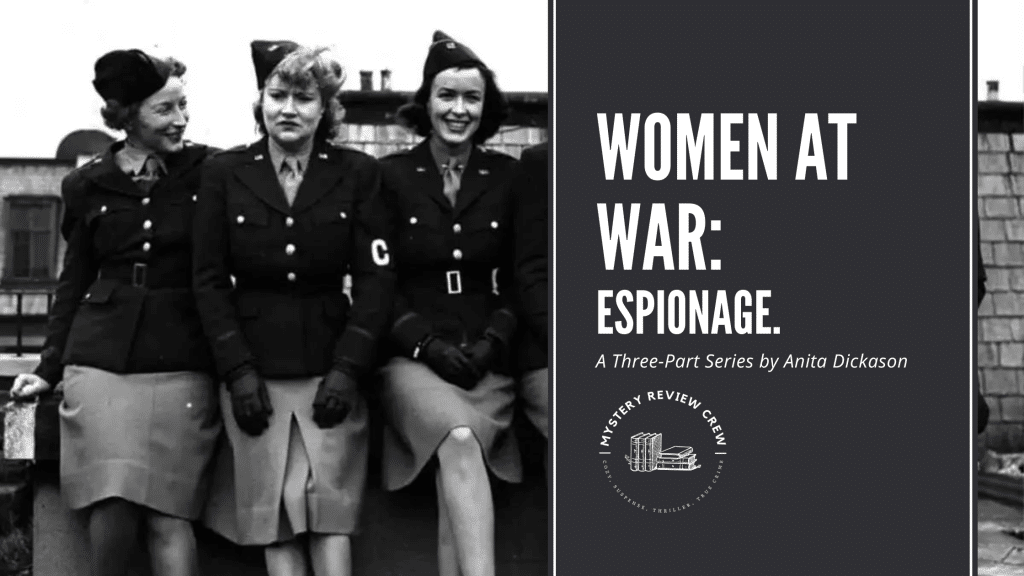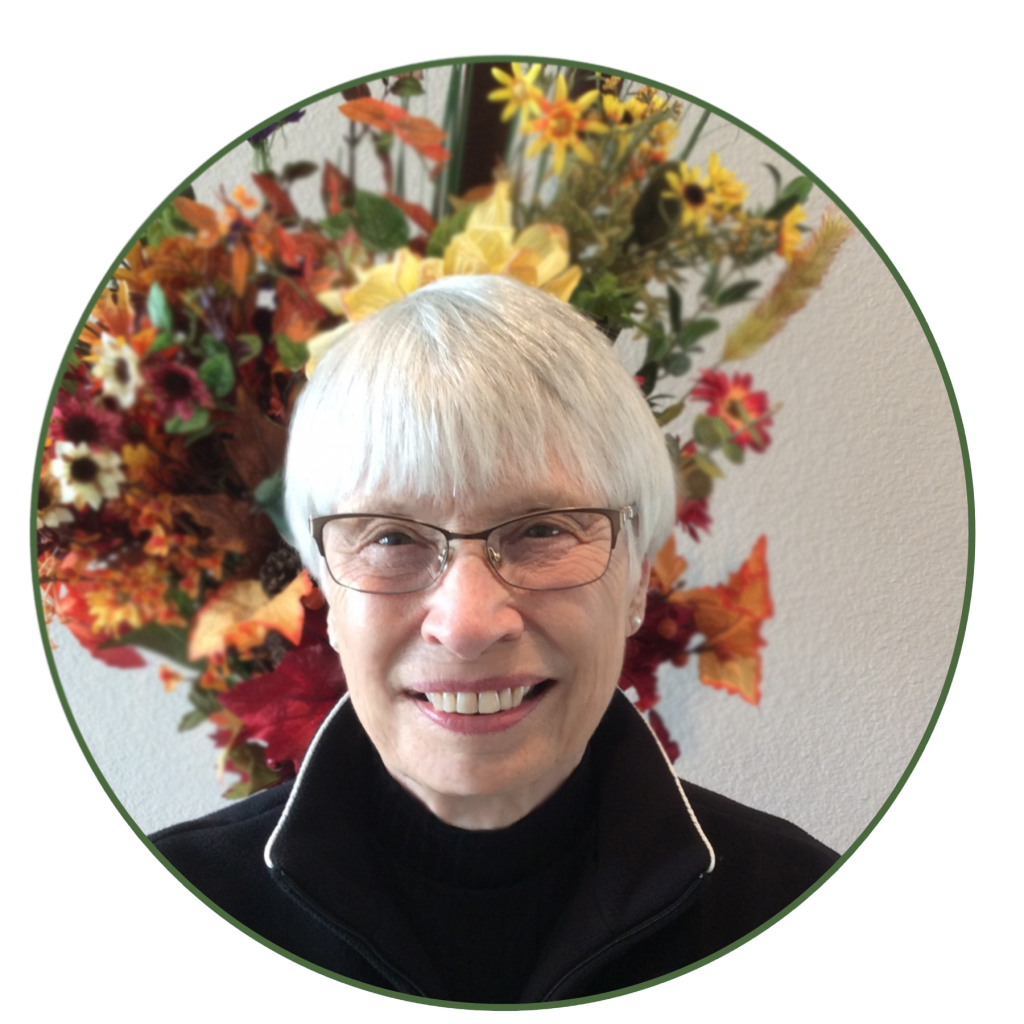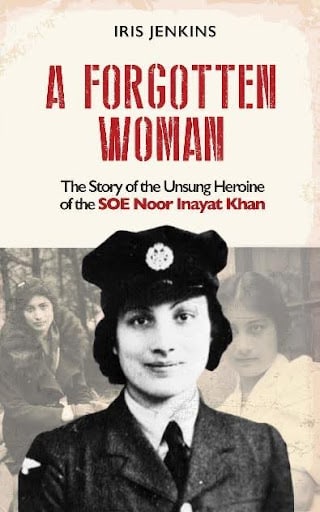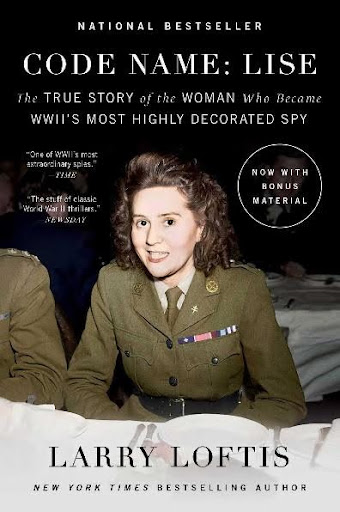Women At War: A Three-Part Series: Spies, Pilots, and Snipers.
For most, what we know about World War II is derived from history books or what has been immortalized in books, movies, and television series. It is images and stories of men fighting and dying on land, sea, and in the air. Their deeds are forever linked to such battles as Iwo Jima, Normandy, the Bataan Death March, the Battle of the Bulge, Pearl Harbor, and many more.
What isn’t as well-known are the stories of women who took on new roles when war erupted. Mothers, daughters, and sisters came out of their homes, filling the workplace left vacant by the men fighting the battles. They took on jobs previously believed they couldn’t do. They built ships, tanks, and airplanes. They worked in the munition plants, supplying the ammunition and bombs for the war effort. They moved into the engineering and science fields. According to the National WW II Museum, more than six million women took wartime factory jobs. Three million volunteered with the Red Cross.
For some, they went to war. This is their story.
During my research, I was astounded by the number of women who took on one of the most dangerous roles in the war—an SOE agent operating behind enemy lines. One statistic claimed the highest death rate during World War II were the RAF bomber aircrews with a rate of forty-five percent. The second highest, forty-two percent, were SOE female agents. The mortality rate was nearly one in every two agents.
For this author, delving into the recorded history of the female SOE agents inserted into Nazi-occupied France was a humbling experience. Many clandestinely entered the county by boats, landing on the French coastline at night. Others were dropped by parachute. Despite the knowledge that discovery meant torture and execution, they operated in secret with code names and false identification. Hunted by the Gestapo, betrayal was ever present, even from their fellow agents. When captured, they didn’t break under the horrific torture, refusing to divulge the names of other agents. Many paid the ultimate price—execution. Still, the women went, replacing their fallen comrades as they fought for their beliefs.
There are so many stories, it is impossible to recognize the heroism and sacrifice of every agent. Let these four women and their stories be the voice for all. May we never forget.

“Never, never, never give up.”
Winston Churchill
The SOE
As the looming fear of Nazism hung over Great Britain, on July 22, 1940, a new organization was formed to support the resistance movement, Special Operation Executive, SOE. Their mission was to conduct espionage, sabotage and reconnaissance in occupied Europe. Headquartered in London at 64 Baker Street, they were referred to as the “Baker Street Irregulars.” Baker Street was also home to another well-known individual, albeit he was fictional. The legendary Sherlock Holmes resided at 221B Baker Street.
Agents, men and women, were trained in sabotage, weapons, radio and telegraph communications, unarmed combat, resisting interrogation, and how to evade capture by the Nazis. Agents were required to be fluent in the country’s language where they would be inserted. The agent had to blend in to avoid suspicion, or their mission would be over before it began. The risk was deadly, and many carried suicide pills concealed in buttons. According to historians, the leadership of the SOE initially balked at sending women behind enemy lines. It soon became apparent, though, that women had a distinct advantage. They could blend in and were inconspicuous.
Virginia Hall, 1906-1982
Code Name: Marie and Diane

Virginia Hall became one of the most well-known female SOE agents. Born and educated in the United States, she was fluent in several foreign languages including German, French, and Italian. After finishing her education at the Consular Academy in Vienna, Austria, Virginia accepted a clerical position with the United States Embassy in Warsaw, Poland.
Ambitious, her plan to become a Foreign Service Officer came to a tragic end. In 1933, during a hunting accident, she shot herself in the leg. Gangrene set in. The lower half of her leg was amputated to save her life. It was replaced with a wooden appendage, a prosthetic leg, which Virginia would dub “Cuthburt.”
Unable to pursue a career with the Foreign Service due to the State Department’s rules against hiring people with amputated limbs, Hall quit. When war erupted, she became an ambulance driver in Paris, France. After the Nazis invaded the city, she escaped to London, where, in 1941, she was recruited by the SOE.
Sent back to France, Hall became the first female agent to live in a German-occupied country. Hall organized and ran a resistance network, supplying other agents with money, weapons, and medical treatment. She rescued down pilots, providing them a safe haven until she could help them escape. Posing as a dairy maid while herding cattle, she scouted potential drop zones, radioing the locations and intelligence reports in Morse Code over a wireless radio to her military contacts in London. Hall coordinated parachute drops, sabotage missions and planned ambushes of German soldiers.
The Nazis labeled her as the “lady who limps.” In 1942, hunted by Gestapo Chief Klaus Barbie, known as the Butcher of Lyon, Virginia barely escaped capture, traveling across the dangerous snow-capped mountains.
While she wanted to return to France, her British handlers refused, claiming it would be a suicide mission. Virginia Hall had become too well-known. After the war, Virginia came back to the United States, joining the CIA as an intelligence officer, where she retired at age 60.
Virginia Hall received the Distinguished Service Cross, the nation’s second-highest award for valor in combat. She was the only civilian woman to receive the award during World War II. The British made Virginia Hall a “Member of the Order of the British Empire” (MBE) for her courageous work with resistance fighters in France in 1941-42.
NOOR INAYAT KHAN, 1914-1944
Code Name: Madeleine
A royal descendant of the 17th-century Indian Ruler, Tipu Sultan, Noor Inayat Khan was an unlikely candidate for an SOE agent. Born in Moscow, she was raised in Paris, France. When war broke out, despite their pacifist upbringing, Noor and her brother traveled to London to help fight the Nazis. In 1943, after training as a radio operator with Britain’s Women’s Auxiliary Air Force, Noor was recruited by the SOE. Sent back to France, she became the first female radio operator in the occupied country.
Within days of arriving in Paris, the top operatives in the resistance network were arrested, leaving Noor as the lone remaining wireless operator. For the next few months, constantly on the move, she eluded the Nazis hunting for her. Wherever she went, she carried her radio in a small suitcase. Single-handedly, she maintained contact between Paris and London, helping dozens of Allied pilots escape. A few days before she planned to escape from France, Noor was betrayed by a French national. Arrested by the Gestapo, she was imprisoned for nearly a year, where she was tortured. Noor Inayat Khan never broke, refusing to provide the Gestapo with details.
In 1944, Noor and three other SOE operatives, Yolande Beekman (Code Name: Mariette, Kilt, Yvonne), Madeleine Damerment (Code Name: Solange, Dancer), and Eliane Plewman (Code Name: Gaby, Dean) were taken by train to Dachau. On September 13, 1944, the four women were executed.
In 1946, Noor Inayat Khan was awarded the Croix de Guerre, France’s highest civilian honor. In 1949, England awarded her the George Cross, the highest civilian award in the United Kingdom.
Andrée Borrel, 1919-1944
Code Name: Denise

Born and raised in France, Andree joined the Red Cross, treating French soldiers after the start of the war. When France surrendered to Germany, she joined the French Resistance, helping British airmen shot down over France escape to Britain. When the resistance network was betrayed, Andree escaped, arriving in London in 1942. Recruited by the SOE, Andree and another SOE operative, Lise de Baissac, became the first women agents to parachute into France.
As a courier for the resistance movements, Andree reconnoitered locations for parachute drops and distributed arms and explosives. She helped train other recruits and planned sabotage attacks. She eventually became second in command. On June 24, 1943, she and a fellow agent were arrested by the Gestapo. A French agent, Henri Dericourt, allegedly a double agent, had betrayed them.
After being held in a German prison for over a year, Andree Borrel and three other SOE agents, Vera Leigh (Code Name: Simone, Almoner), Sonia Olschanezky (Code Name: Tania), and Diane Rowden (Code Name: Paulette, Chaplain, Marcelle) were taken to the Natzweiler-Struthof Concentration Camp.
On July 6, 1944, the four agents were injected with phenol and cremated.
France awarded Andre Borrel the Croix de Guerre and the Médaille de la Résistance in recognition of her defense of France. Britain awarded her the King’s Commendation for Brave Conduct.
Odette Sansom, 1912-1995
Code Name: Lise

Born in France, she married an Englishman, had three children, and lived in England when war erupted. Her husband joined the British Army. Her recruitment came about from a radio broadcast from the Royal Navy asking for pictures of France. She sent several of France’s coastlines and mentioned in her letter that she was French and quite familiar with the beaches in France. In addressing the letter, she sent it to the wrong agency. Her letter led to her recruitment in 1942 by the SOE.
On October 31, 1942, she was inserted into France. As a courier, Odette carried secret messages. She supplied money to others in France’s resistance network. She worked with the resistance fighters, helping to sabotage trains, bridges and supply depots. On April 16, 1943, Odette and fellow agent Peter Churchill were betrayed by a member of the network and arrested by the Gestapo. During her interrogation, Odette convinced the German troops that she was the mastermind and that Peter was related to Prime Minister Winston Churchill and wasn’t involved. Her courage and bravery likely saved Peter Churchill’s life but condemned her to unbelievable torture as she refused to identify any of her fellow agents.
Odette was ultimately sent to Ravensbrück concentration camp, the most feared and largest Nazi camp for women prisoners. In May 1945, Allied forces were closing in. Odette convinced the camp’s commandant that she could save his life because she was related to Winston Churchill. He took her to the American forces, where he was arrested. Odette testified at the trial for the Germans running Ravensbrück, which helped lead to their conviction.
Odette Samson was awarded the George Cross by the United Kingdom, the Order of the British Empire (M.B.E.), the Chevalier de la Legion d’honneur, the France and Germany Star, the War Medal 1939-1945, the Queen Elizabeth II Coronation Medal, and the Queen Elizabeth II Silver Jubilee Medal.

Anita Dickason
Anita Dickason is a retired police officer with a total of twenty-seven years of law enforcement experience, twenty-two with Dallas PD. She served as a patrol officer, undercover narcotics officer, advanced accident investigator, tactical officer, and first female sniper on the Dallas SWAT team.










Each one of these is the basis for a great book. Loved them all.
Loved these stories.